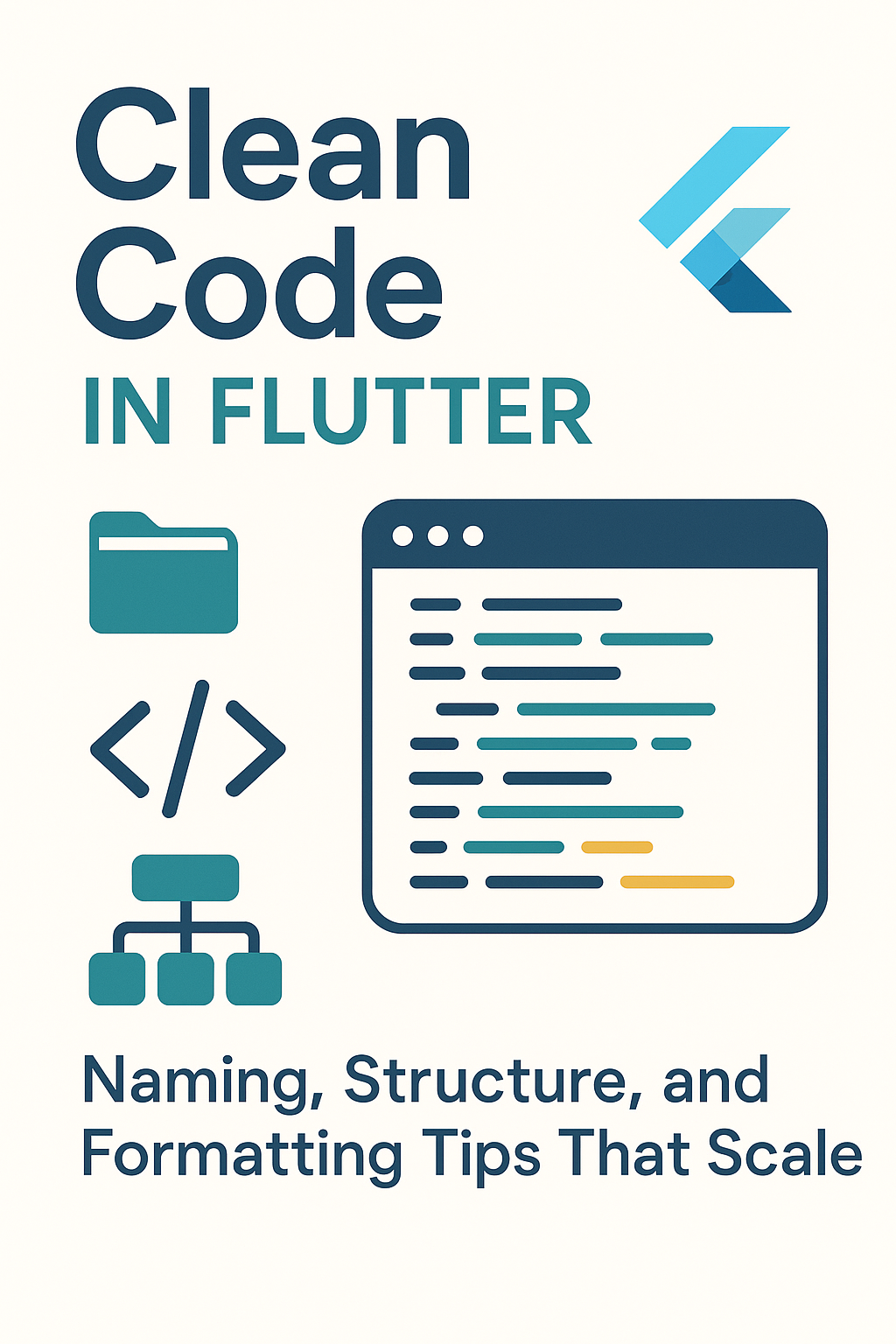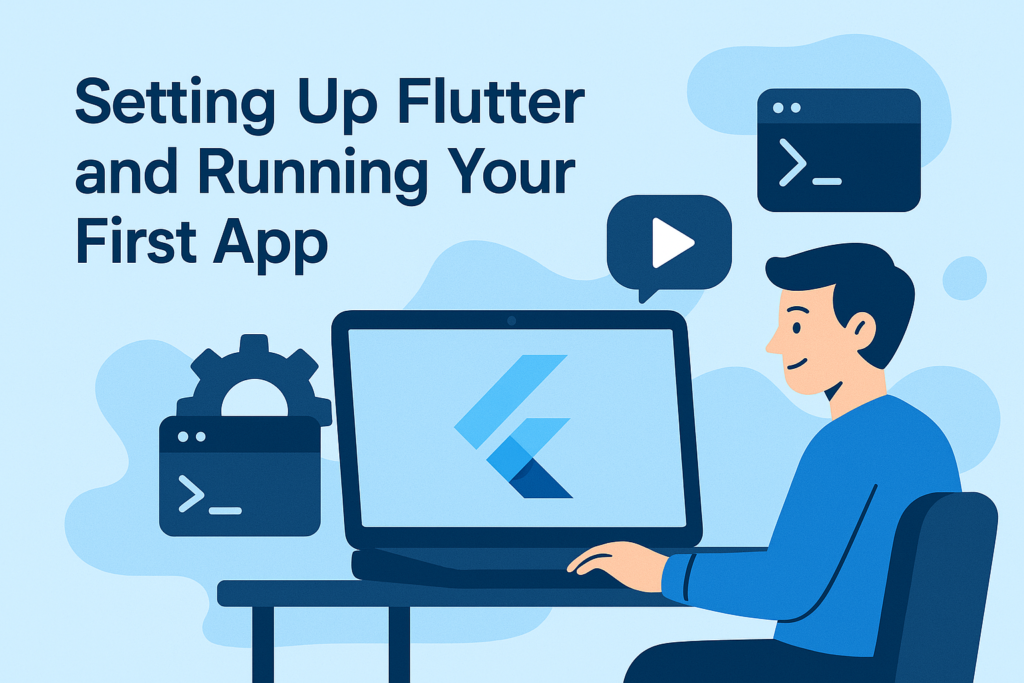
Writing clean code in Flutter isn’t just about making your IDE look pretty — it’s about building apps that scale, are easy to maintain, and simple to onboard new developers into. Whether you’re working solo or with a team, these naming, structure, and formatting tips will help you write better Flutter code from day one.
🚀 Why Clean Code in Flutter Matters
Flutter projects can grow quickly — screens, widgets, states, and services pile up fast. Without consistency and clarity, your app becomes a nightmare to debug, test, or hand off. Clean code helps prevent technical debt and makes scaling your codebase a lot smoother.
🧠 1. Name Things With Intention
Naming is one of the hardest — and most important — parts of writing clean code.
✅ Classes & Widgets
Use descriptive, clear names:
class LoginForm extends StatelessWidget { ... }
class UserAvatar extends StatelessWidget { ... }
❌ Avoid vague names like MyWidget, MainPage, or Home2.
✅ Variables & Methods
- Use nouns for variables:
userEmail,orderList - Use verbs for functions:
fetchUserData(),toggleTheme() - Avoid cryptic names like
val,tmp,flagunless context is obvious.
🧱 2. Structure Your Project by Features, Not Layers
Instead of grouping files by type (models, screens, services), structure your project around features. Example:
lib/
├── features/
│ ├── auth/
│ │ ├── login_screen.dart
│ │ ├── login_bloc.dart
│ │ ├── login_repository.dart
│ └── profile/
│ ├── profile_screen.dart
│ ├── profile_bloc.dart
This improves modularity and makes it easy to scale your app without bloating folders like screens/ or services/.
➡️ Read more: Feature-Based Folder Structure in Flutter
🧩 3. Split Widgets into Reusable Components
Avoid widget files that are 500+ lines long. Break complex screens into reusable components like LabeledTextField, ProfileHeader, or CustomButton.
Example:
class LabeledTextField extends StatelessWidget {
final String label;
final TextEditingController controller;
...
}
Small widgets = easier testing, clearer UI logic, and reusability.
🎨 4. Centralize Styles and Constants
Hardcoding values like colors, padding, or font sizes across widgets is a red flag. Use a centralized theme and constants:
Theme.of(context).colorScheme.primary
Theme.of(context).textTheme.titleMedium
Create theme.dart, text_theme.dart, and app_constants.dart to manage:
- Colors
- Padding
- Typography
- Spacing
🧹 5. Use Linting and Formatting Tools
Use lint packages like:
Run:
flutter format .
dart analyze
You can even set up formatting on save and in CI with Git hooks.
🎯 6. Naming Conventions in State Management
Whether you’re using BLoC, Riverpod, or Provider, follow consistent naming rules:
| Type | Good Name | Avoid |
|---|---|---|
| Cubit | LoginCubit | AppCubit |
| State | LoginSuccess | LoadedState |
| Event | LoginSubmitted | ButtonPressed |
| Provider | UserProvider | MyProvider |
Descriptive state and event names help during debugging and testing.
➡️ Also read: Common State Management Mistakes in Flutter
📦 7. Keep Business Logic Out of Widgets
Widgets should only deal with UI. All logic goes into your Cubits, Controllers, or Notifiers.
Bad:
onPressed: () {
if (user != null && user.role == 'admin') {
Navigator.push(...);
}
}
Good:
onPressed: () => context.read<AuthCubit>().handleAdminTap();
Widgets = UI only
Logic = separate layer
🏁 Final Thoughts
Clean code in Flutter isn’t about being perfect — it’s about making your code readable, reusable, and maintainable. Follow consistent naming, project structure, and formatting conventions, and your app will scale gracefully.
💡 Bonus tip: Always think about your “future teammate” — clean code is a gift to them (and to your future self).



